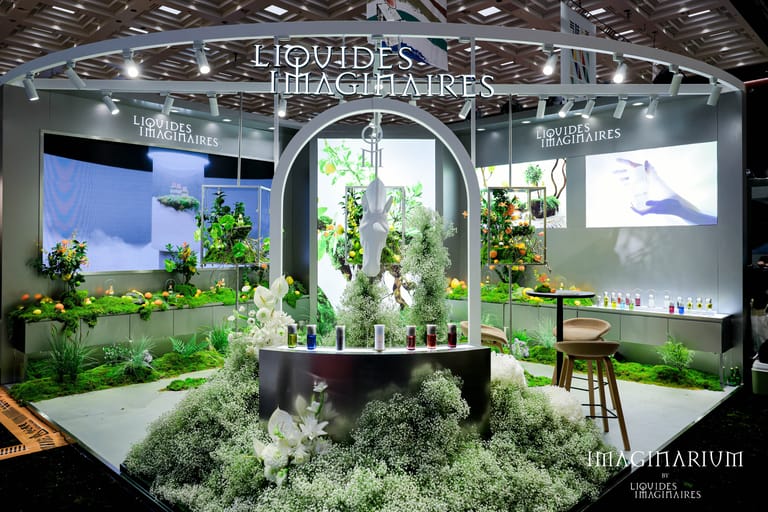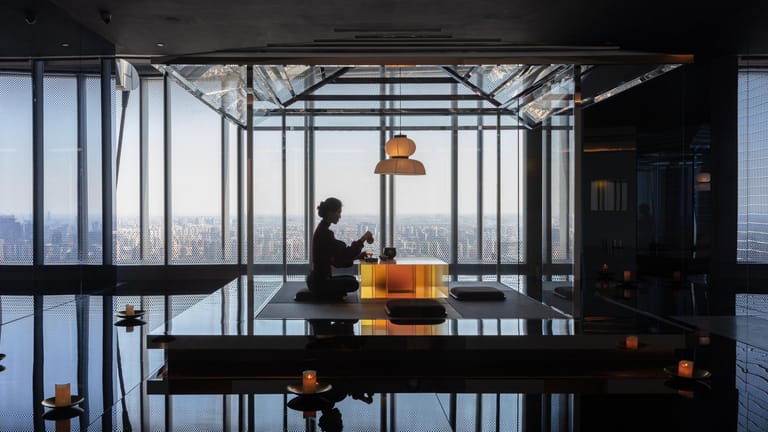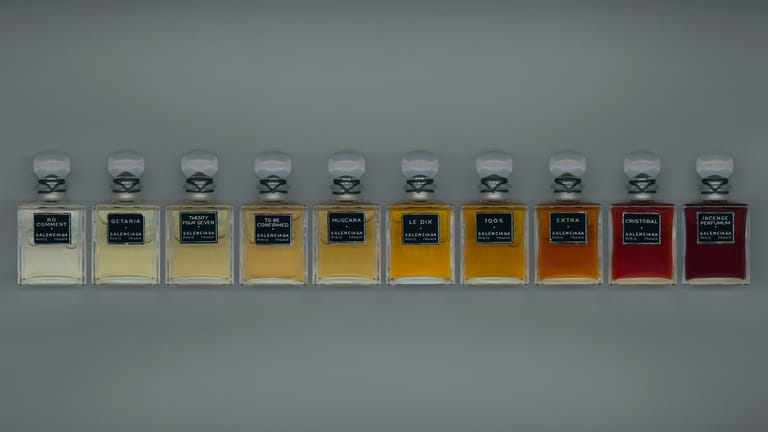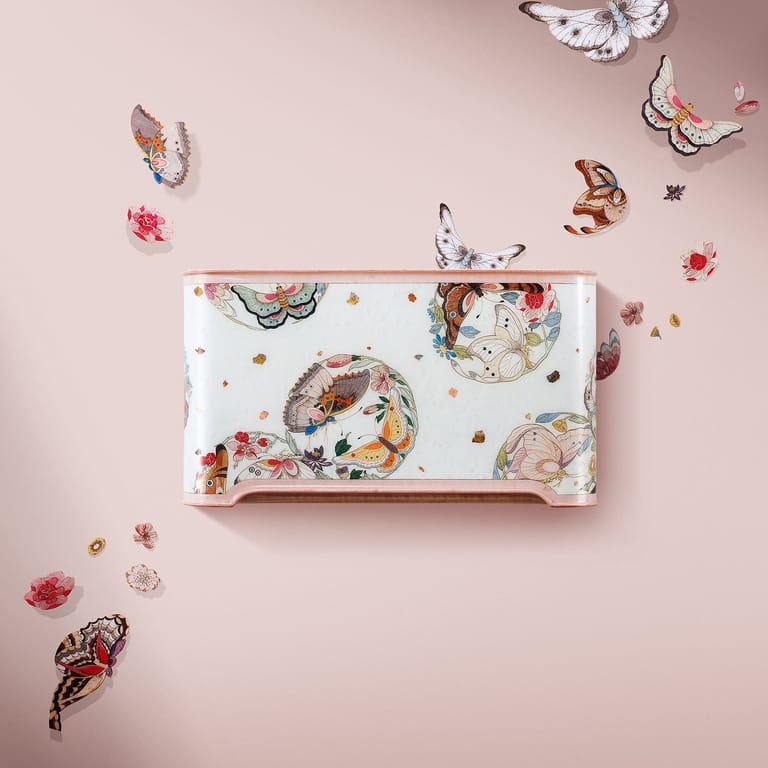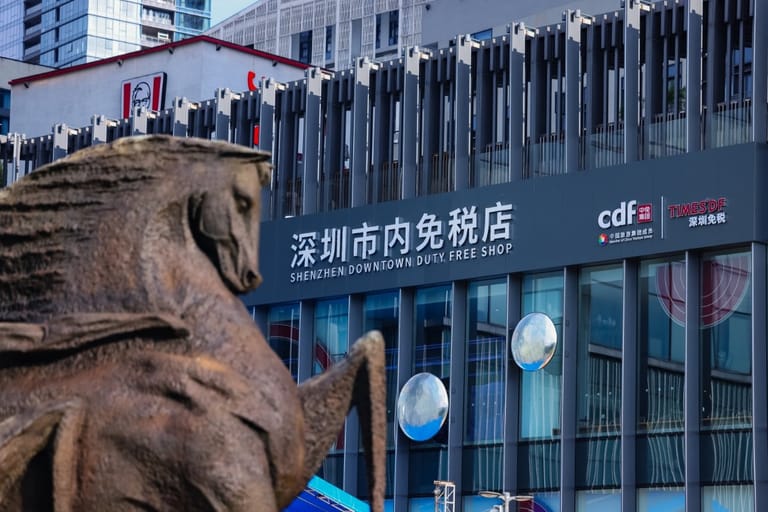LVMH’s Q1 Miss Signals a Rethink of China Strategy
By
Wenzhuo Wu

Published on
April 15, 2025

Jingzhi Curates is your daily compass for navigating the dynamic intersections of business, culture, and society. Each installment distills the day’s most pressing issues into thoughtful, actionable insights—perfect for leaders, innovators, and the intellectually curious. Whether a game-changing shift in global markets, a breakthrough in AI, or a cultural trend redefining consumer behavior, Jingzhi Curates delivers clarity in complexity.
When LVMH reported a 2 percent drop in first-quarter revenue on April 14, the market reacted swiftly and decisively. Shares fell 6.22 percent by the close on April 14, and by Tuesday, the group had lost its position as Europe’s most valuable luxury company by market capitalization, overtaken by Hermès. Beneath the headline miss, however, lies a more telling shift—one that goes beyond currency fluctuations or sectoral normalization. It’s about a luxury giant beginning to recalibrate the geometry of its global operations, and by extension, its reliance on China as both a growth engine and a production base.
The numbers tell a story of cautious resilience. Revenue reached 20.3 billion euros, a modest year-on-year decline tempered by solid performance in Europe and continued strength in selective retailing across North America. Still, the 9 percent organic drop in Wines & Spirits and a 5 percent decline in Fashion & Leather Goods—long the group’s crown jewel—are hard to ignore. Particularly telling was the softness in China, a market that has served as the anchor of global luxury demand over the past decade.
There are signs that LVMH is beginning to hedge its bets. During Monday’s investor call, finance chief Cécile Cabanis acknowledged the very real consequences of escalating US-China trade tensions, particularly as they affect subsidiary Tiffany & Co., which produces much of its supply domestically in the US. There’s “still some room” to shift production from Europe to the US, she said.
The suggestion that European production could be partially relocated to the United States would have been unthinkable just five years ago, when Chinese demand for luxury jewelry, handbags, and cognac seemed insatiable. But in 2025, the calculus has changed. Rising labor costs in China, increased scrutiny of foreign firms, and an increasingly bifurcated global trade regime are forcing even the most entrenched players to rethink their global footprints. For LVMH’s flagship maisons—many of which have long traded on the prestige of the “Made in France” label—this marks a notable shift. While the brand cachet built on French craftsmanship remains intact, operational pragmatism is creeping into the equation.
LVMH is not retreating from China, but it is clearly reassessing the nature of its engagement. Despite localized campaigns—such as Bvlgari’s immersive Year of the Snake exhibitions in Shanghai and Tiffany’s triplex flagship in Chengdu—first-quarter results show that cultural affinity is no longer a guaranteed driver of spend. Cognac sales, once buoyed by Chinese demand, were notably weak. Meanwhile, Japan, which was boosted by strong growth in Chinese consumer spending, also saw a year-on-year decline.

All of this points to a maturing Chinese luxury consumer—one less driven by logos and more by value, authenticity, and cultural relevance, as pointed out in Luxury Through a New Lens: 2025 Jingzhi China Vision Report. That creates opportunity, but also complexity. Brands can no longer rely solely on flagship store openings and celebrity campaigns. They must embed themselves in the cultural fabric of their target markets, and in China, that fabric is shifting rapidly toward experiences, storytelling, and what Chinese consumers increasingly call jingzhi (精致)—a refined, intentional way of living.
The Loro Piana exhibition in Shanghai, timed for the Maison’s centenary, is one example of a brand aligning with this sentiment. But these cultural overtures may not be enough to counteract macroeconomic headwinds and political volatility. As the trade war simmers and the yuan remains under pressure, operational flexibility—not market exuberance—is becoming the new strategic imperative.

Cabanis’s comment that shifting production “is not something that you do overnight” is both a disclaimer and a warning. For decades, luxury conglomerates like LVMH have thrived on the stability of globalization. Now, they are being asked to navigate a world where supply chains must become not just efficient, but politically agile. That means balancing proximity to consumers with insulation from cross-border risk.
In this environment, China will remain essential—but no longer singular. LVMH’s results signal a future where growth must be more balanced, and where “in China, for China” strategies will evolve from marketing jargon into operational necessity.
For investors and industry watchers alike, the real story from LVMH’s Q1 is not a modest revenue dip. It’s a preview of luxury’s new playbook in a multipolar world—and the quiet repositioning of China from being the centre of gravity to one vital pillar among many.




